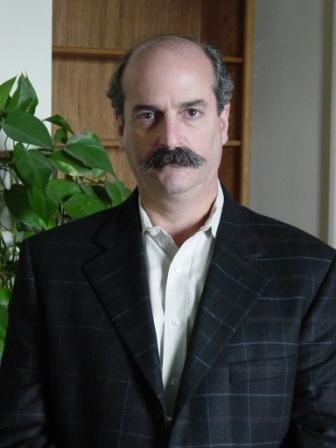From Transaction to Transformation: Spirit Matters in Lending
From Transaction to Transformation: Spirit Matters in Lending
It is one thing to say that money has a spiritual dimension, to speak of it as energy or a force. It is another matter to recognize and understand how important and practical this perspective is as we act within the economy. A brief inquiry into the presence of spirit in our financial transactions is a risky venture. Nonetheless, I am compelled to take the risk because of the upside potential for transforming how we see and work money.
Consider looking at experience this way: there is what we perceive with our senses, for example a color or texture, which we could call “matter”; then, there is our interpretation of that sensation, our sympathies and antipathies, which we could call “soul” activity; then, there is recognizing within that experience something of its lasting essence, such that we might recognize another occurrence of it though it may be in a different color or form, which we could call “spiritual” activity. For example, how do we know that a loan is a loan no matter whether it is called credit or investment? Given this architecture of experience, might there be a tripartite view that clarifies and integrates matter, soul, and spirit in the realm of financial transactions? What place does each of the three take in the transactional process?
For this essay, I have chosen to focus on loans and the lending-borrowing transaction, though one could equally apply the approach to purchases and giving. What gives rise to lending is a combination of lender’s available capital coupled with a need for that capital to realize an economically viable idea. One could say that the lender recognizes a borrower’s entrepreneurial capacity to make good use of the money. The money passes hands, a material matter in auditing terms, as a result of an agreement, with the transaction accounted for in debits and credits, assets and liabilities. However, the process that led up to the agreement, that is, how enough trust was established between the lender and borrower to make the agreement possible is not such a simple one. The lender and the borrower each have their conditions for trust, their deeper purposes and intentions. Of course, transparency is a critical part of this discovery process, as are intuition, character and social impact. The reality is that the lender and borrower are bound in relationship over the period of the loan; they have to take and maintain a long-term interest in each other, and support each other’s success. This mutual trust, formalized in the loan agreement is something of the soul aspect of the loan. Imagine, lenders have made loans because the constellation of people and intentions around the loan project felt right, even if the numbers didn’t quite justify the transaction.
What is the spiritual aspect of a loan? The money makes possible entrepreneurial initiative that would not have been possible otherwise—this is the essence of a healthy capital economy. The entrepreneurial initiative itself is framed upon ideas, which, though they may be inspired by material circumstances, are not dependent on them. And within the structures of those ideas, the entrepreneur recognizes and serves the presence of others’ economic needs. This capacity for perceiving what is, and what is not yet, (anticipating need) demonstrates creative, imaginative, and in some cases intuitive, capacities, and is also why enterprise so often leads cultural transformation.
In economic thinking the spiritual world of ideas is made practical through the world of physical matter. How we find value in the world of lending is a matter of the degree to which the lender’s feelings and perceptions are tuned to the intentions and capabilities of the entrepreneur. The loan transaction becomes a vessel for the shared purpose and vision of lender and borrower. Transforming how we work with loan money is catalyzed when we embrace these inter-personal relationships and recognize how the entrepreneur’s work brings spiritual activity into the world.
John Bloom
© 2009

